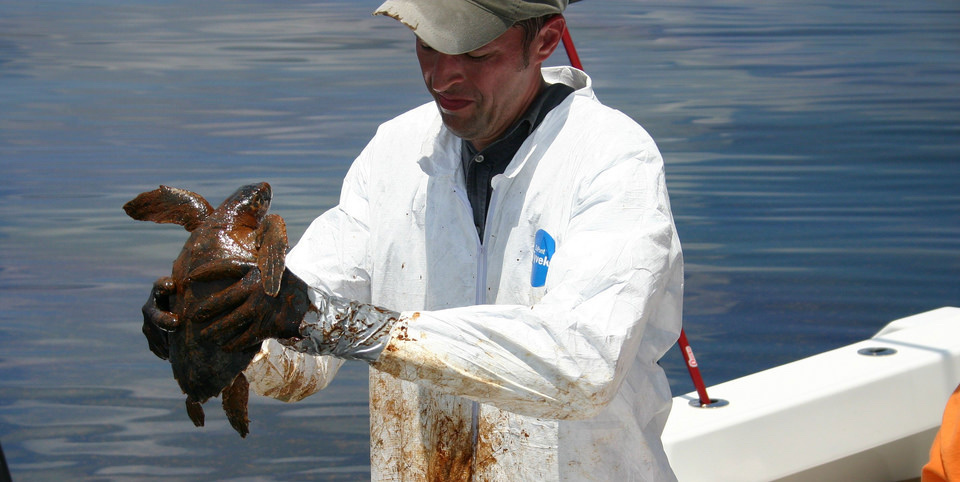- Pathogens, Pests, Pollution
Pathogens, Pests/Parasites, and Pollutants

Climate change may result in increasing pathogen development and survival rates, disease transmission, and host susceptibility. Warmer temperatures allow disease organisms to complete their life cycle more rapidly and attain higher population densities. Additionally, native diseases that currently only have minor effects on host organisms could have more devastating impacts under future climatic conditions. Many marine and terrestrial species’ pathogens are sensitive to shifts in temperature, rainfall, and humidity. As temperatures increase, many diseases are expected to become more lethal and to spread more readily. There are climate-linked predictions that amphibians will decline in unusually warm years due the influence of temperature on disease dynamics.
Increased temperatures impact parasites by increasing their growth rates, sexual maturation, and number of generations per year. Higher temperatures can also promote earlier maturation, transmission, and potential maintenance of transmission year-round. Warmer temperatures allow pests/parasites to complete their life cycle more rapidly, and in some cases doubling the number of generations per year, and attain higher population densities.
Alterations to temperature, pH, dilution rates, salinity, and other environmental conditions due to climate change can affect the impacts of pollutants on species and systems. The effects from these climatic changes can modify the availability of pollutants, the exposure and sensitivity of species to pollutants, transport patterns, and the uptake and toxicity of pollutants. Increased coastal flooding and inundation may result in release of contaminants from coastal soils, sediments, and infrastructure and increase exposure of fish, wildlife, and plants to these pollutants. The amount of runoff of phosphorus and other nutrients from farms and other landscapes currently contributes to harmful algal blooms and is expected to worsen with predicted increases in floods and other extreme precipitation events.